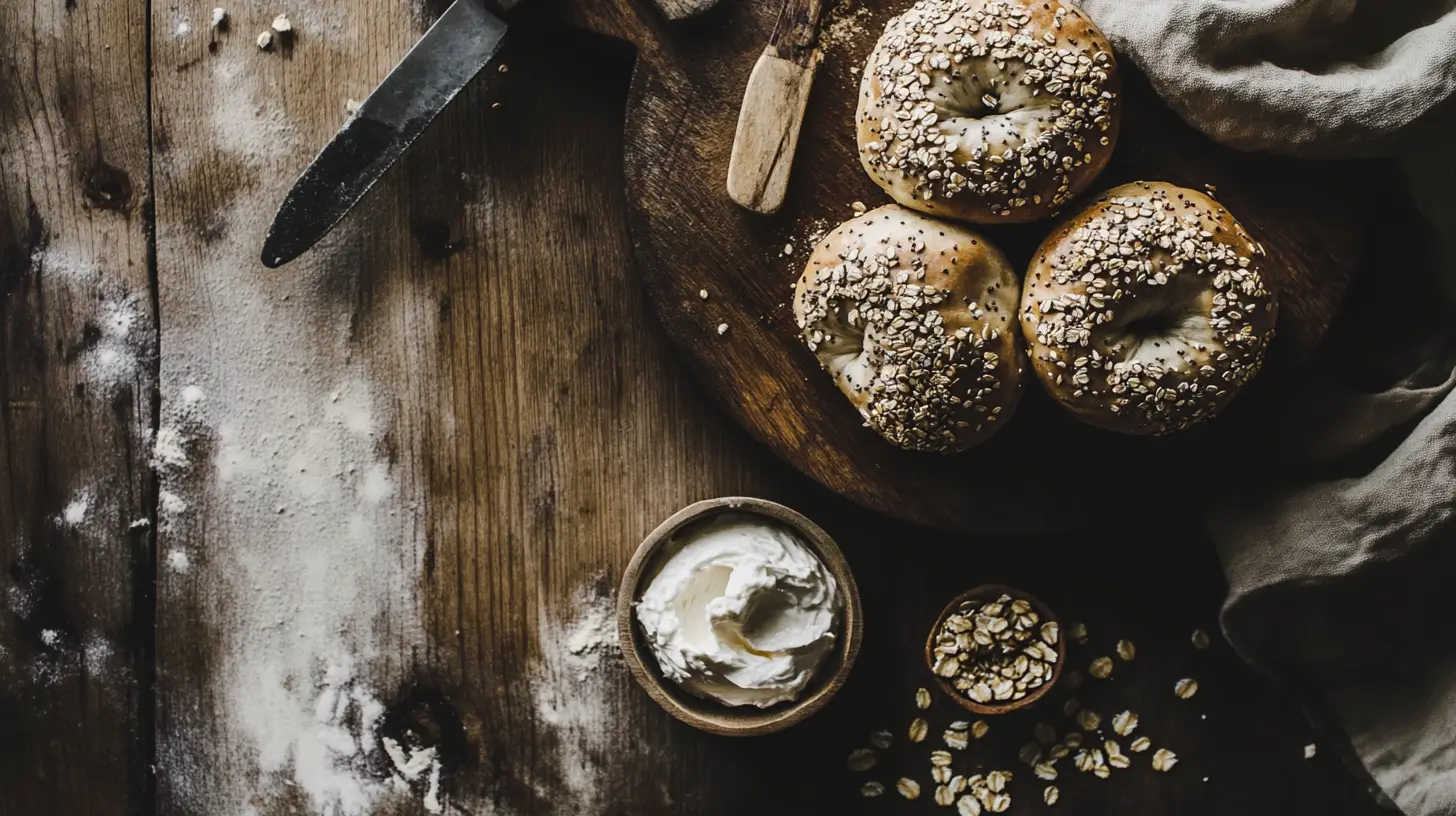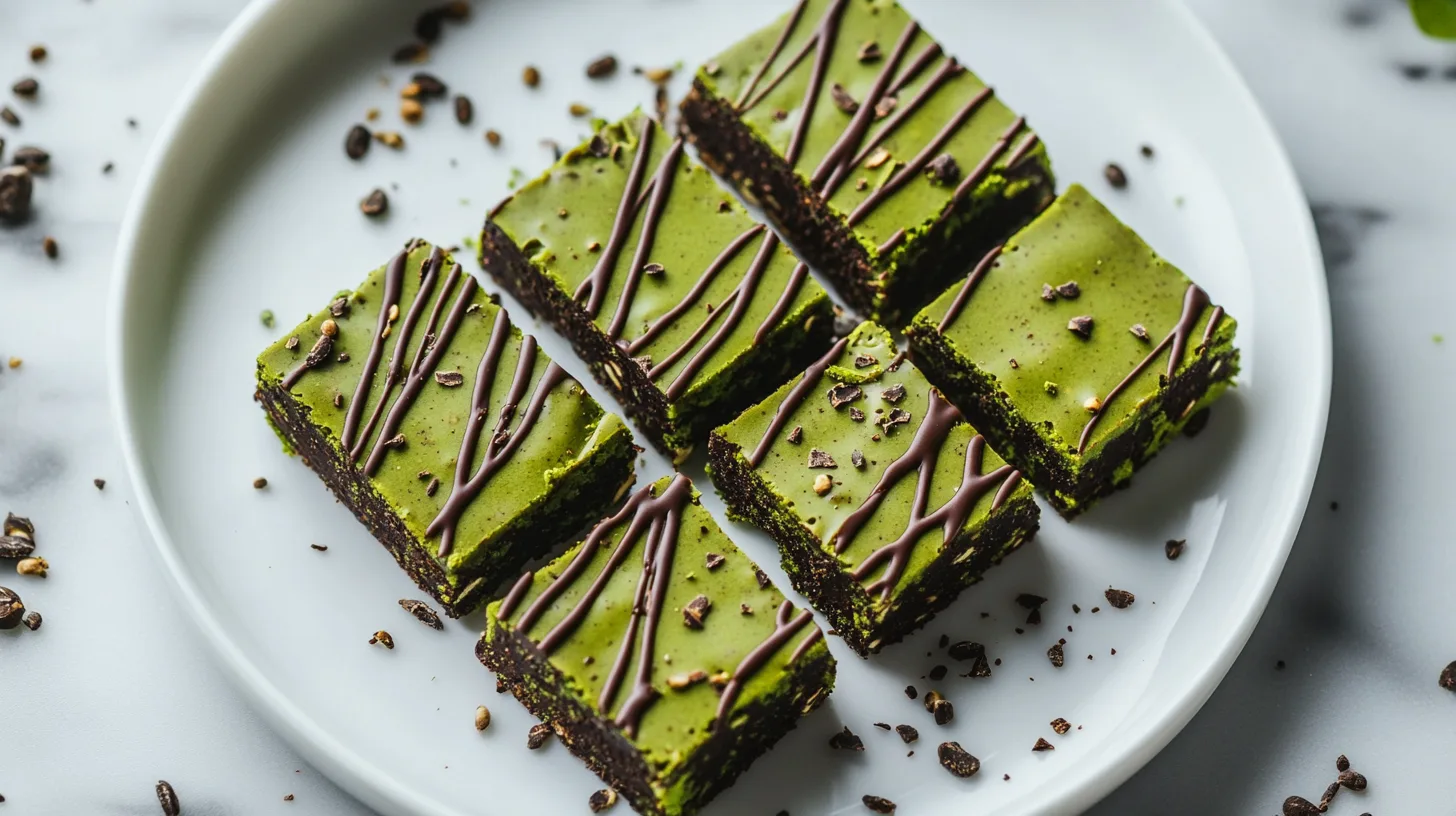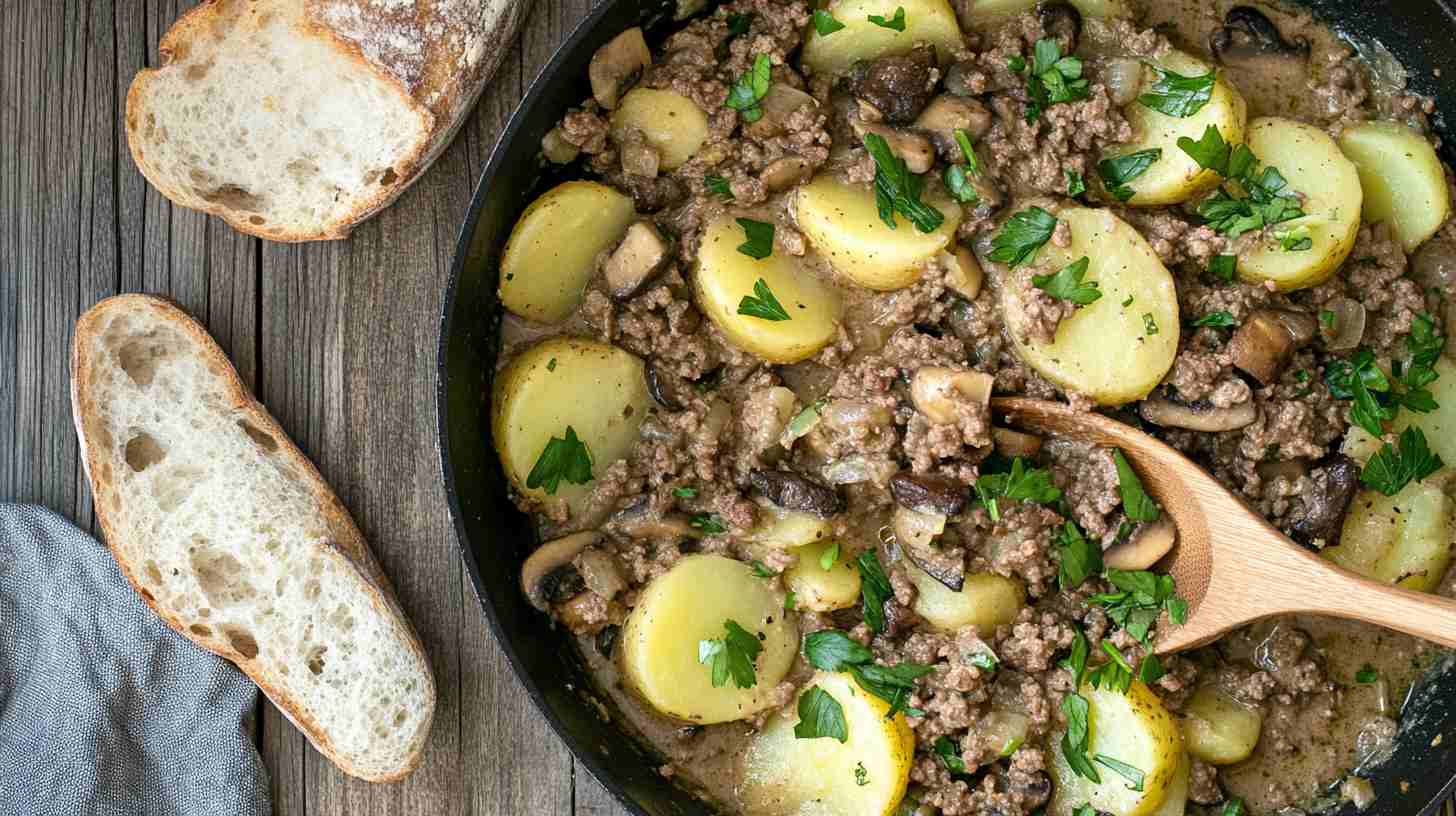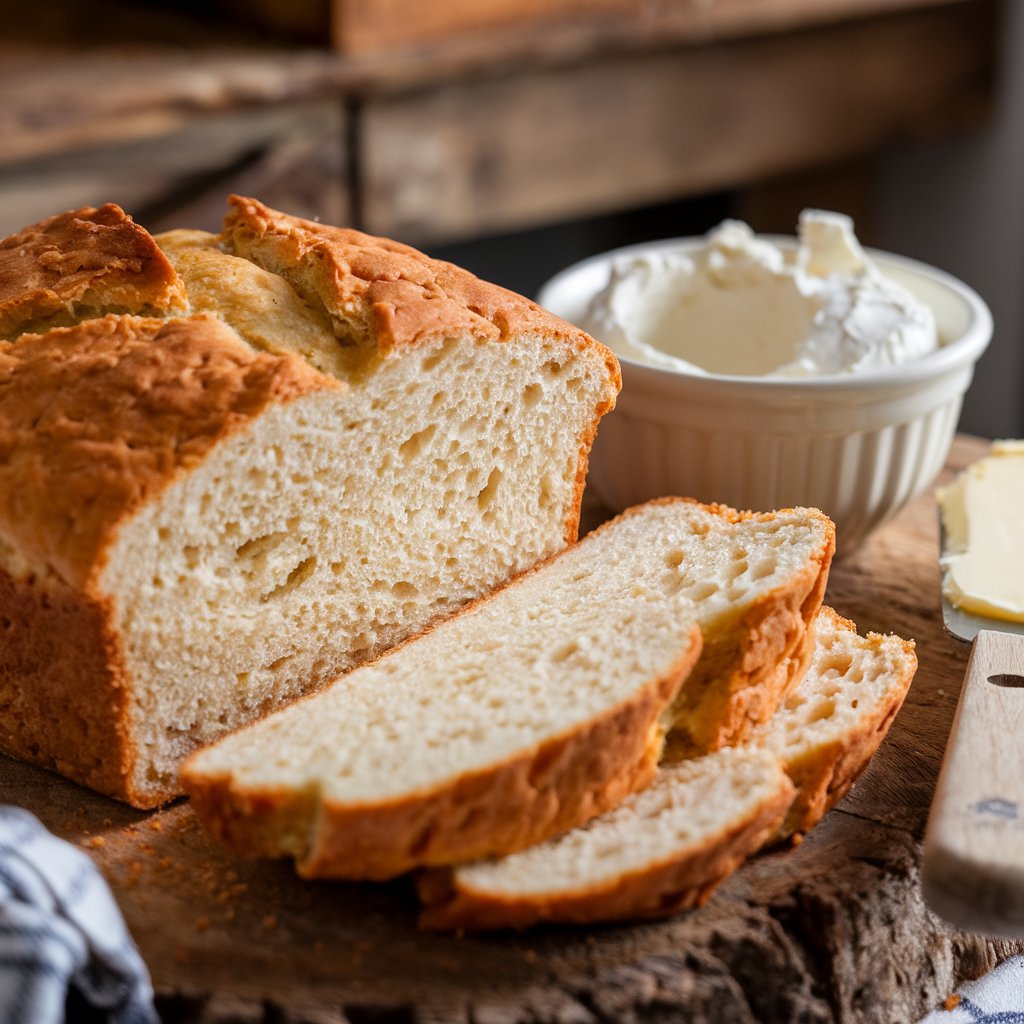Picture this: a warm, freshly baked bagel with a golden crust, soft on the inside, and packed with the goodness of whole grains. That’s exactly what a multigrain bagel offers—a satisfying blend of taste and health.
Bagels are often associated with indulgent breakfasts or quick snacks, but with the right ingredients, they can become a nutritious addition to your lunch or even dinner. This recipe combines whole grains like flaxseed meal, rolled oats, and wheat germ to create a fiber-rich, protein-packed bagel that’s both delicious and good for you. Whether you’re a busy parent, a student, or simply someone who loves baking at home, this guide is designed to make bagel-making a fun and rewarding experience.
Why Choose Multigrain Bagel?
Nutritional Benefits of Multigrain Bagels You Can Count On
One of the standout qualities of multigrain bagels is their nutritional profile. Unlike traditional bagels made with refined white flour, these incorporate ingredients like whole wheat flour, oats, and flaxseed meal, offering numerous health benefits:
- Rich in Fiber: These bagels help improve digestion and keep you full longer.
- Packed with Protein: Perfect for staying energized during a busy day or post-workout recovery.
- Healthy Fats: Thanks to flaxseed meal, you get a dose of omega-3 fatty acids.
A Balanced Choice: Multigrain Bagel vs. Traditional Options
Standard bagels, while tasty, often lack the nutrients found in multigrain versions. Multigrain bagels are a better choice for those looking to enjoy a filling meal without sacrificing their health goals. They are lower in calories and higher in essential vitamins and minerals like magnesium, iron, and B vitamins.
The Ingredients That Make Multigrain Bagel Special
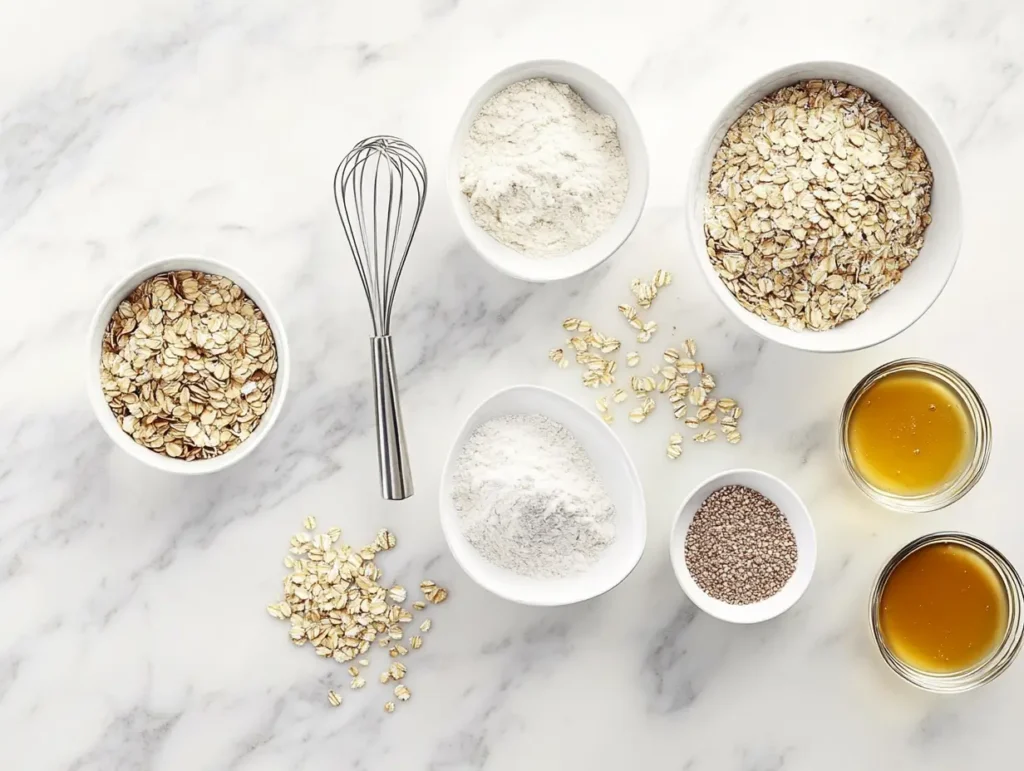
Before diving into the process, let’s break down the ingredients that make this recipe so unique. Each plays a role in delivering the perfect texture, flavor, and nutritional boost:
| Ingredient | Purpose |
|---|---|
| Whole Wheat Flour | Adds nuttiness and fiber. |
| Bread Flour | Ensures structure and a chewy texture. |
| Rolled Oats | Provides texture and added fiber. |
| Flaxseed Meal | Boosts omega-3s and nutrients. |
| Vital Wheat Gluten | Helps achieve a bakery-style chewiness. |
| Honey | Adds a touch of natural sweetness. |
| Buttermilk | Contributes to the dough’s softness and slight tang. |
| Brown Sugar | Enhances the caramelization during baking. |
| Sea Salt | Balances and enhances overall flavors. |
Note: Don’t skimp on the vital wheat gluten—it’s essential for giving your bagels that professional bakery feel.
Step-by-Step Guide to Making Multigrain Bagel
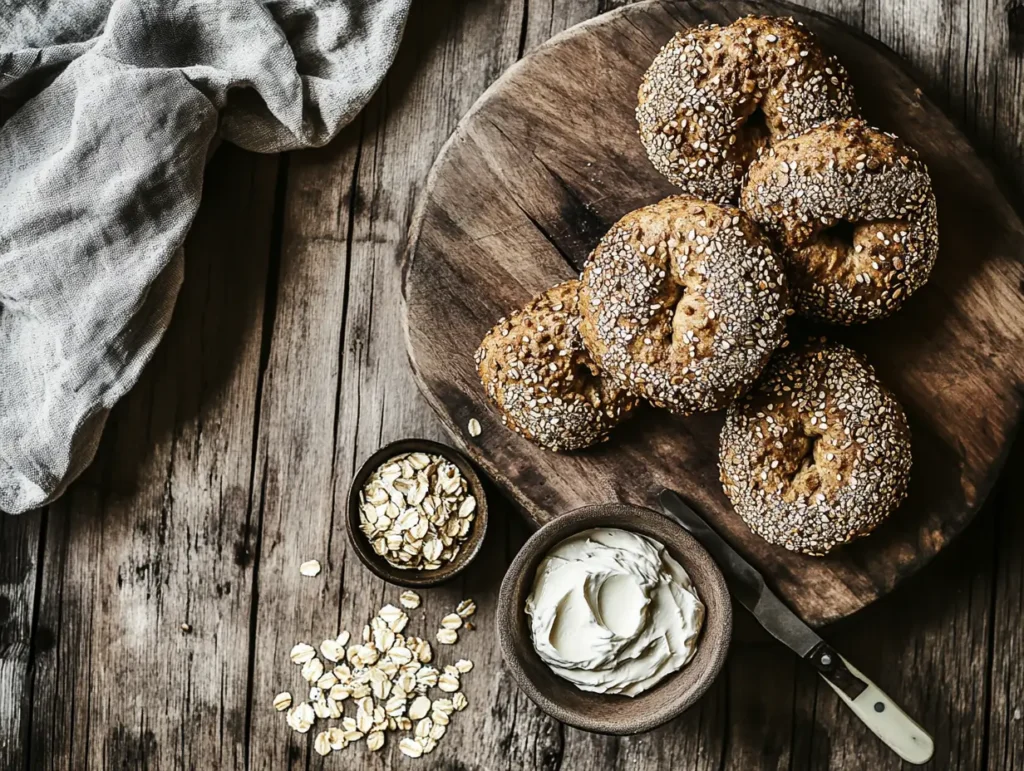
Making multigrain bagels at home might seem intimidating, but it’s easier than you think. Just follow these steps, and you’ll soon have a batch of warm, homemade bagels to enjoy.
Step 1: Activate the Yeast for Perfect Multigrain Bagel
Begin by combining:
- 1 ½ cups of warm water (about 110°F).
- 2 ½ teaspoons of active dry yeast.
- 1 tablespoon of sugar.
Mix these in a small bowl and let it sit for 5–10 minutes. When the surface starts bubbling, it’s a sign your yeast is alive and ready to get to work.
Pro Tip: If your yeast doesn’t bubble, it may be inactive. Always check the expiration date before starting.
Step 2: Mix the Dough
In a large mixing bowl, combine the dry ingredients:
- 3 cups of bread flour.
- 1 cup of whole wheat flour.
- ½ cup of rolled oats.
- 3 tablespoons of flaxseed meal.
- 2 tablespoons of wheat germ.
- 1 teaspoon of sea salt.
Slowly pour the yeast mixture into the dry ingredients, followed by 2 tablespoons of honey and ½ cup of buttermilk. Stir everything together until a shaggy dough forms.
Step 3: Knead and Let the Dough Rise
Transfer the dough to a lightly floured surface and knead for 7–10 minutes. You’ll know it’s ready when the dough becomes smooth, slightly sticky, and elastic.
Place the dough in a lightly oiled bowl, cover it with a damp towel, and let it rise in a warm spot for about 1–2 hours, or until it doubles in size.
Helpful Hint: If your kitchen is cold, try placing the bowl in the oven with just the oven light on to create a warm, draft-free environment.
Step 4: Shape the Bagels
Once the dough has risen, punch it down gently to release any air pockets. Divide the dough into 16 equal portions.
For each portion:
- Roll the dough into a smooth ball.
- Use your thumb to poke a hole in the center of each ball.
- Gently stretch the hole to about 1 ¾ inches in diameter.
Place the shaped bagels on a parchment-lined baking sheet dusted with cornmeal to prevent sticking.
Step 5: Boil the Bagels
The boiling step is what sets bagels apart from other bread. It creates their signature chewy texture and shiny crust.
- Fill a large pot with 3 quarts of water and bring it to a simmer.
- Stir in 2 tablespoons of brown sugar.
- Boil the bagels in batches, cooking each for 30 seconds on each side.
Remove the bagels with a slotted spoon and place them back on the baking sheet.
Why Boil? Boiling the bagels gelatinizes the starch on their surface, locking in moisture and creating the perfect crust.
Step 6: Bake the Bagels
Once your bagels are boiled and ready, the final step is baking them to perfection. This part is all about bringing out the best flavors and achieving that coveted golden crust. Preheat your oven to 400°F (200°C) and ensure it’s fully heated before putting the bagels in—this guarantees even baking.
Place the boiled bagels on a parchment-lined baking sheet dusted with cornmeal. Brush each bagel lightly with the egg white wash (1 egg white mixed with 1 tablespoon of water) to give them a beautiful shine once baked.
Bake the bagels for 12 minutes on one side. Then, using tongs or a spatula, carefully flip each bagel and bake for an additional 13 minutes. Flipping helps prevent the bottoms from over-browning while ensuring even color and texture on all sides.
A Little Extra Care: Keep an eye on the bagels during the last few minutes of baking. Every oven is slightly different, so check for a deep golden brown color as your signal to remove them.
Once they’re done, transfer the bagels to a cooling rack. This step is crucial—it keeps the bagels from becoming soggy on the bottom while allowing them to cool evenly.
Pro Tips for Baking Success
It’s always helpful to keep a few additional tips in mind to make sure your bagels turn out just right:
- Use High-Quality Ingredients: Fresh flour, active yeast, and a good brand of oats make a noticeable difference.
- Avoid Overcrowding: If you’re baking multiple batches, leave enough space between bagels so they cook evenly.
- Experiment with Toppings Before Baking: Sprinkle sesame seeds, poppy seeds, or even a mix of oats and flaxseed on top before placing them in the oven for added texture and flavor.
Topping Ideas to Suit Every Palate
Multigrain bagels are delicious on their own, but their mild flavor also makes them the perfect canvas for a variety of toppings. Here are a few ideas to inspire you:
Savory Options
- Classic Cream Cheese: Add chives or smoked paprika for a twist.
- Avocado Smash: Mash avocado with a squeeze of lemon and a pinch of sea salt.
- Smoked Salmon: Pair with cream cheese, capers, and a sprinkle of dill for a luxurious brunch.
Sweet Choices
- Nut Butter and Banana: A drizzle of honey adds just the right amount of sweetness.
- Greek Yogurt and Berries: A refreshing and protein-packed combination.
For More Ideas: Learn which leafy greens, like kale or spinach, pair best with multigrain bagels: Click Here.
Creative Ways to Serve Multigrain Bagel
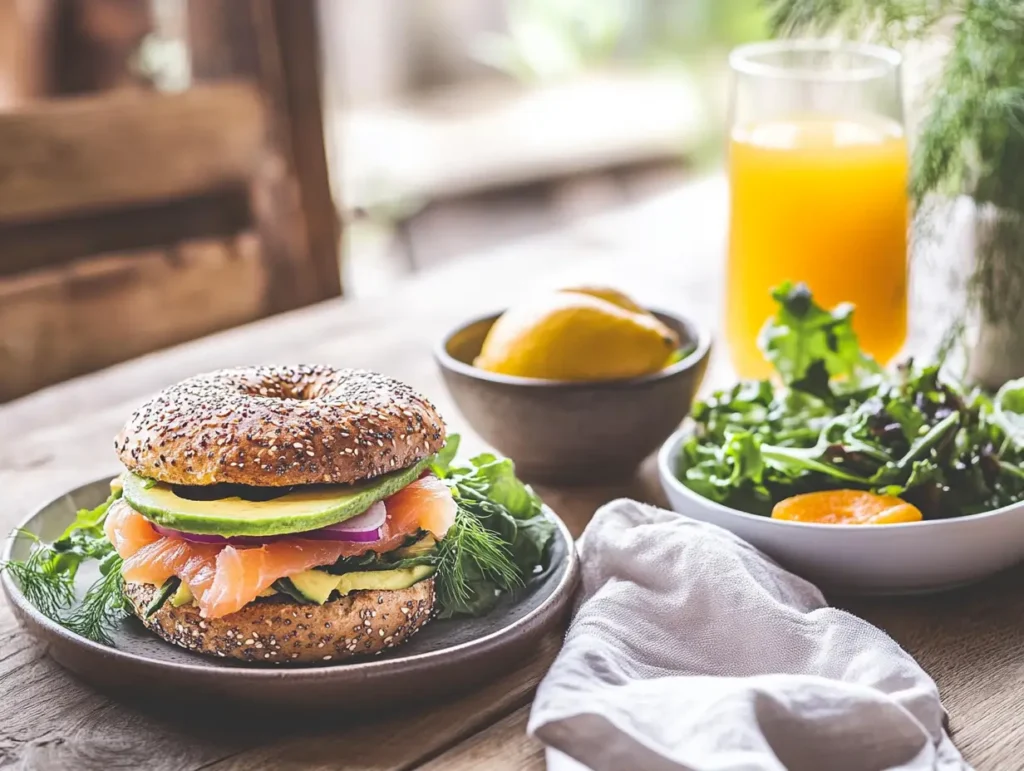
These bagels aren’t just for breakfast—they can be incorporated into various meals throughout the day. Here are some serving suggestions:
Bagel Sandwiches for Lunch
Transform your bagels into hearty sandwiches with fillings like grilled chicken, fresh arugula, and a dollop of marinara sauce. For a more traditional deli-style lunch, stack turkey slices, Swiss cheese, and a smear of Dijon mustard.
Tip: Not sure what sauce works best? Find out whether pizza sauce or marinara sauce makes the ideal spread for your bagel sandwiches: Read More.
As a Side with Soup or Salad
Multigrain bagels make a wonderful accompaniment to soups and salads. Their hearty texture pairs particularly well with creamy soups like tomato bisque or light salads such as a tomato, honey, and ginger mix.
Don’t Miss: Try this refreshing salad recipe to complement your bagel meal: Tomatoes, Honey, and Ginger Salad.
Health Benefits of Multigrain Bagel
Aside from being incredibly versatile, multigrain bagels are a nutritional powerhouse. Let’s take a closer look at how these bagels can fit into a balanced diet:
- Fiber for Digestive Health: The whole grains used in these bagels help maintain a healthy gut.
- Protein for Sustained Energy: Whether you eat them post-workout or as a midday snack, the added protein helps keep energy levels steady.
- Low in Unnecessary Additives: Homemade bagels allow you to control the ingredients, keeping preservatives and added sugars to a minimum.
For those following specific dietary needs, these bagels can also be customized. Replace the buttermilk with plant-based milk for a vegan option, or experiment with gluten-free flours if you’re sensitive to wheat.
How to Store and Reheat Your Bagels
To make sure your multigrain bagels stay fresh and tasty, proper storage is key:
Storage Tips
- Keep your bagels in an airtight container at room temperature for up to three days.
- For longer storage, freeze the bagels in a sealed freezer bag. Wrap each bagel in plastic wrap before freezing to prevent freezer burn.
Reheating Tips
- If frozen, let the bagels thaw at room temperature for 30 minutes before reheating.
- Use a toaster or bake them in the oven at 350°F (175°C) for 5–7 minutes to restore their chewy texture and warm crust.
Pro Tip: Avoid microwaving bagels, as it can make them rubbery.
Multigrain Bagel vs. Regular Bagels
Still wondering how multigrain bagels stack up against regular ones? Here’s a quick comparison:
| Feature | Multigrain Bagels | Regular Bagels |
|---|---|---|
| Main Ingredients | Whole grains, flaxseed, oats | Refined white flour |
| Fiber Content | High | Low |
| Flavor | Nutty and hearty | Plain or slightly sweet |
| Calories | Lower | Higher |
Multigrain bagels not only taste great but also provide long-lasting energy without the crash associated with refined carbs.
FAQ’s
1. Is multigrain bagel healthy?
Yes, multigrain bagels are healthy because they are made with a combination of whole grains like oats, flaxseed, and whole wheat, providing fiber, protein, and essential nutrients. However, moderation is key, as bagels can be calorie-dense.
2. What is in a multigrain bagel?
A multigrain bagel typically contains a mix of whole grains such as whole wheat flour, rolled oats, flaxseed, wheat germ, and sometimes seeds like sunflower or sesame, along with yeast, water, and a sweetener like honey or sugar.
3. Is Dunkin Donuts multigrain bagel good for you?
While it contains some whole grains, it may also have added sugars and preservatives. Homemade multigrain bagels are a healthier choice.
4. What is the healthiest bagel bread?
Whole grain or sprouted grain bagels are the healthiest, offering more fiber and nutrients with fewer refined carbs.
5. Is multigrain bread actually healthy?
Yes, multigrain bread can be healthy, but only if it’s made primarily from whole grains, not refined flours. Always check labels.
6. Are bagels ok for weight loss?
Bagels can fit into a weight-loss plan when portion-controlled and paired with healthy toppings like avocado or nut butter. Opt for whole-grain versions for better nutrition.
Conclusion
Making multigrain bagels at home is not just a fun baking project—it’s a delicious way to bring healthier choices to your table. These bagels are packed with the goodness of whole grains, offering a satisfying, chewy texture and a nutty flavor that works with a variety of toppings and meals. Whether you enjoy them plain, slathered with cream cheese, or as part of a hearty sandwich, they’re a versatile addition to your recipe collection.
By using simple, wholesome ingredients, you can skip the preservatives found in store-bought bagels and customize them to suit your taste and dietary needs. With their rich nutritional profile and endless possibilities for serving, multigrain bagels are more than just bread—they’re a nourishing base for creative meals and snacks.
So, roll up your sleeves, try this recipe, and savor the joy of homemade bagels that taste as good as they make you feel. Let the aroma of freshly baked multigrain bagels fill your kitchen and your heart.

